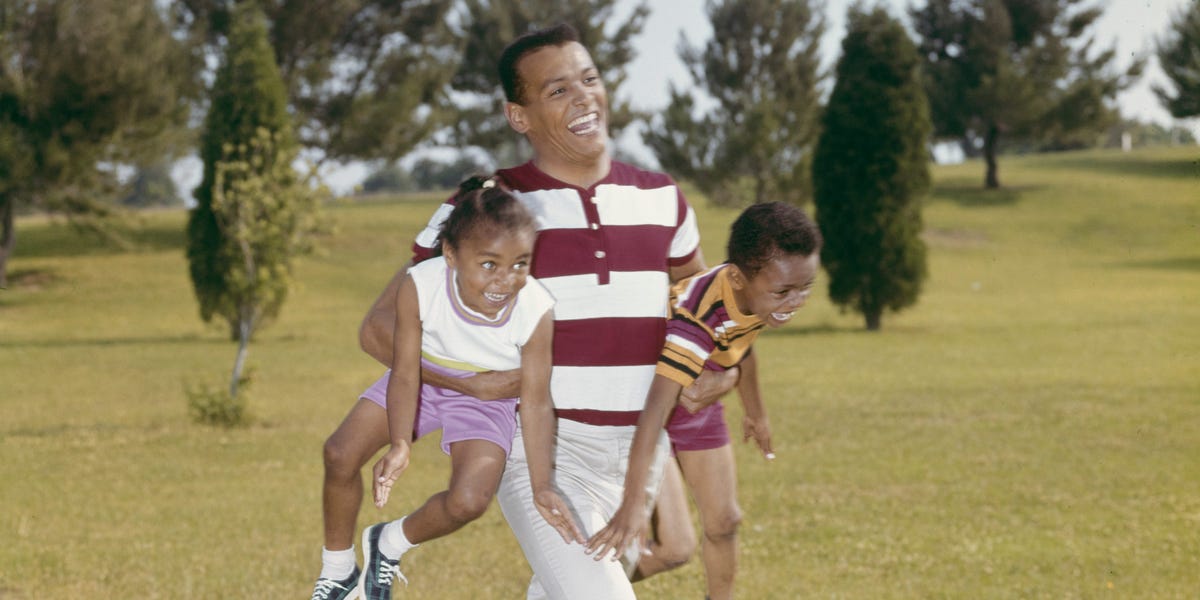Fatherhood Evolution in America: From Breadwinners to Nurturers
Over the years, the traditional notion of fatherhood in America has undergone significant transformations. Once defined by the rigid role of breadwinners, fathers have embraced more nurturing responsibilities, reshaping family dynamics.
Historically, fathers were primarily seen as providers, working long hours and spending limited time with their children. Today, many fathers are actively involved in childcare, benefiting from parental leave policies and changing societal expectations.
These shifts in fatherhood roles have been influenced by various socio-economic factors, including industrialization, economic downturns, and changing gender roles. Events like the Great Depression, World War II, the 2008 financial crisis, and the COVID-19 pandemic have all left their mark on parenting paradigms.
Historical Perspectives and Changes
In the pre-industrial era, a father’s role was closely tied to their children’s behavior and productivity. Regina Morantz-Sanchez, a history professor at the University of Michigan, remarked, “If the children ‘went bad,’ it was blamed on the father” (University of Michigan).
With industrialization, fathers became the primary breadwinners, creating a separation between home and work life. This change ushered in new family dynamics, with men taking on the financial responsibility while women managed the household.
The Great Depression saw the inception of Father’s Day, celebrating fathers’ contributions during economically challenging times. The holiday also gained commercial significance, promoting gift-giving as a means to boost the economy (Old Farmer’s Almanac).
Modern Fatherhood
The feminist movement in the 1970s prompted a reevaluation of parenting roles, encouraging fathers to participate more actively in childcare. This era marked the rise of the “new nurturant father,” a term used by Cornell University to describe fathers who balanced work with emotional involvement in their children’s lives (Cornell University).
Entering the 21st century, more fathers began staying home with their children, particularly after economic crises like the 2008 recession. According to Pew Research Center, “In the aftermath of the Great Recession, we saw the share of all stay-at-home parents go up by several percentage points to about 29%” (Pew Research Center).
Post-COVID-19, the trend of stay-at-home dads continued, supported by remote work opportunities. Fathers now spend more time with their children, fostering a more balanced approach to parenting (The New York Times).
This evolution reflects a broader trend toward shared parenting responsibilities and highlights the diverse experiences of fatherhood across different eras and socio-economic contexts.






